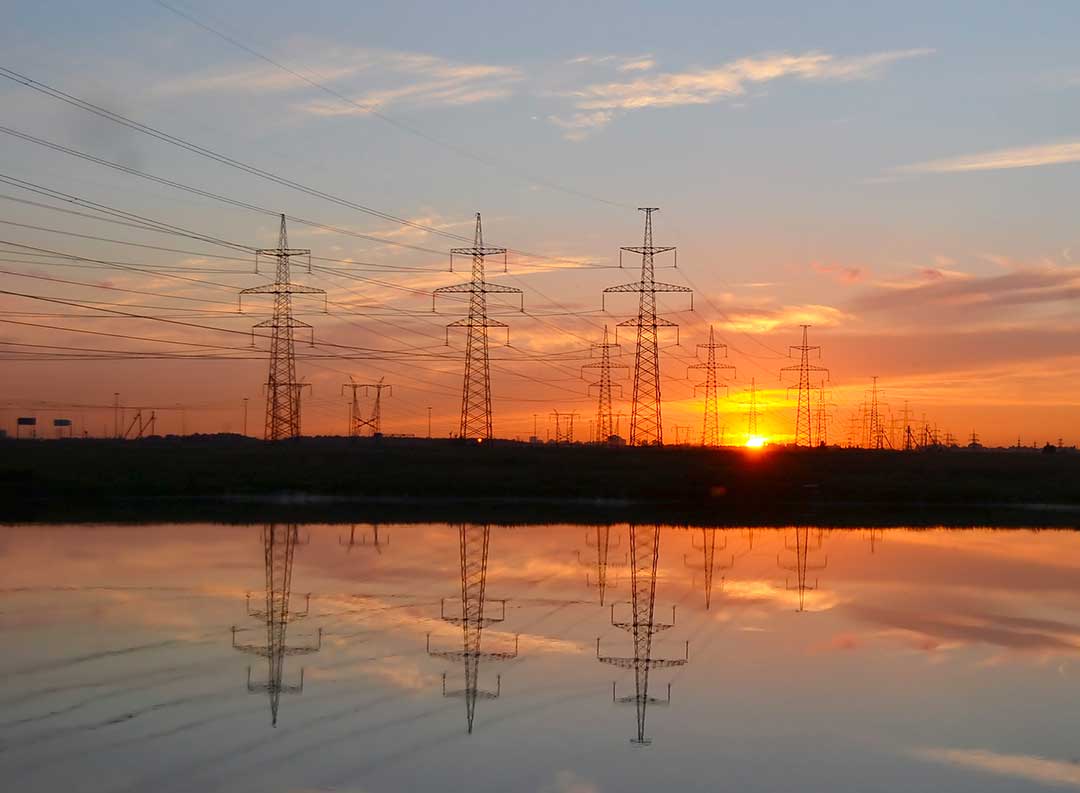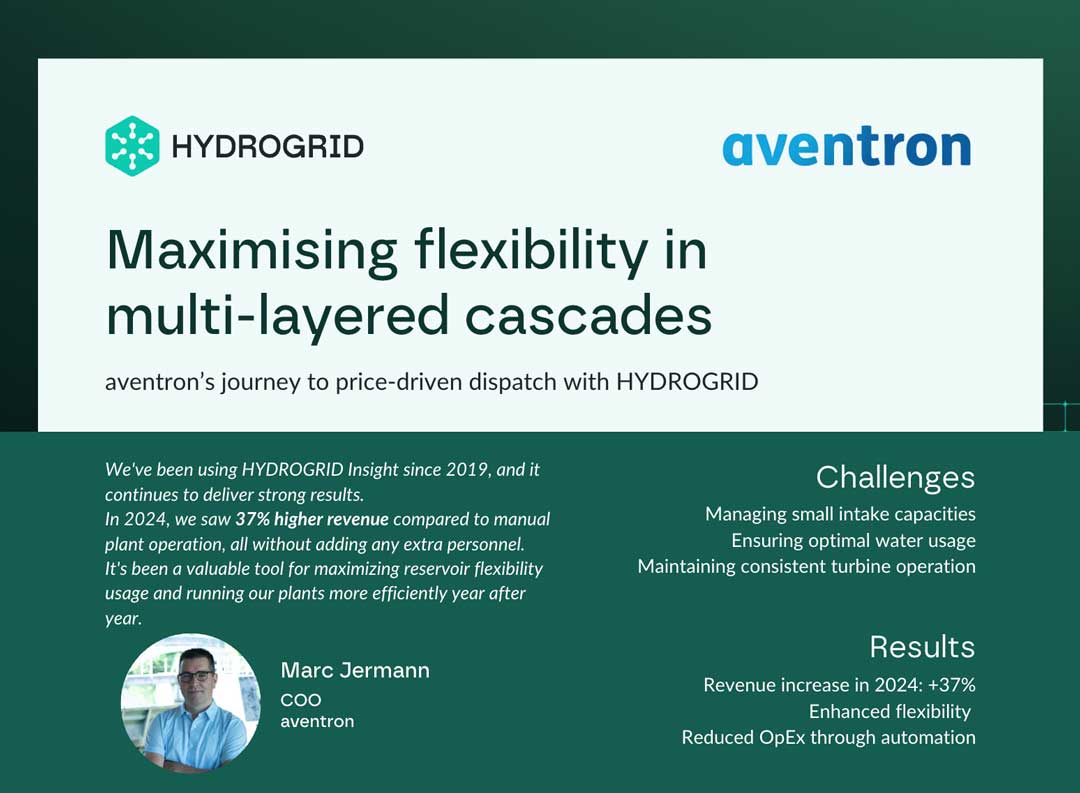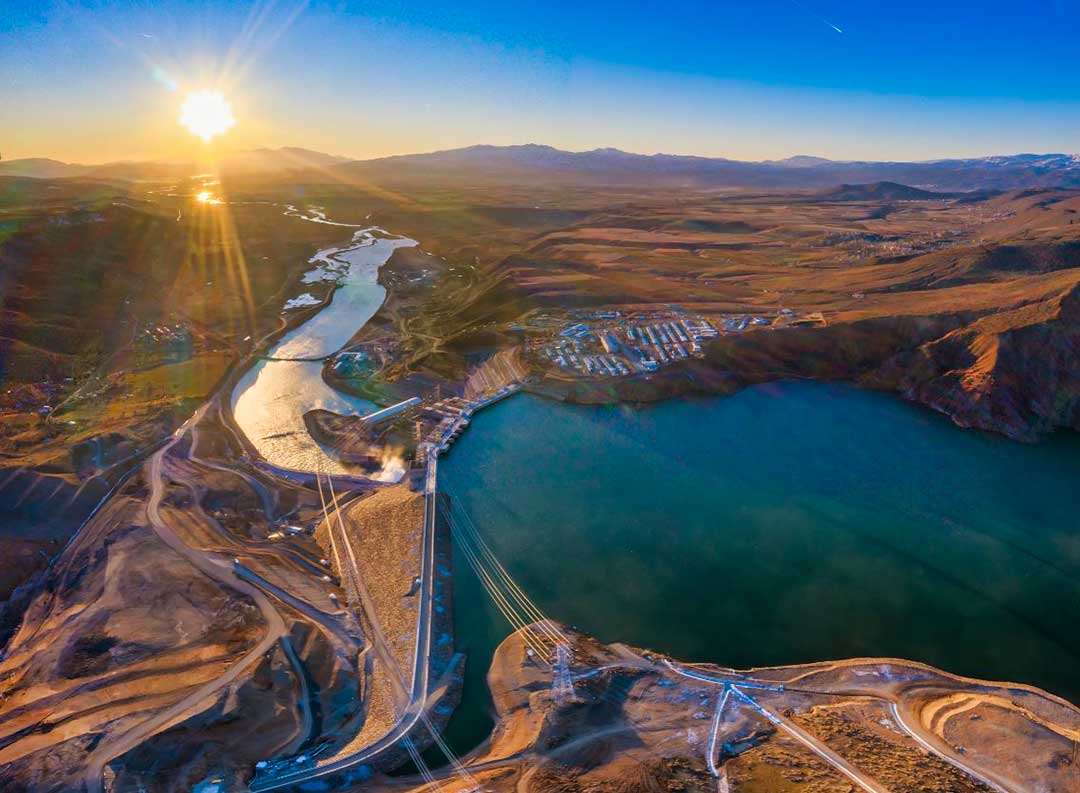Empowering Communities: Financing Decentralised Hydropower Projects
In the quest for sustainable energy, the spotlight often shines on large-scale projects and grand initiatives. However, amidst the towering dams and sprawling solar farms, energy access with decentralised renewable energy (DRE) is revolutionising the global energy spectrum. DRE contributes to democratising energy access and if the right measures are put into place catalyses socio-economic development for local communities in developing countries.
As per the latest "Tracking SDG7: The Energy Progress Report 2024" by IRENA, about 685 million people globally still lack access to electricity as of 2022. This figure represents a decline from previous years but highlights the ongoing challenges in achieving universal electricity access by 2030. The energy access rates are particularly lower in the regions of Sub-Saharan Africa (567m) and South Asia. 1
The report also states that at the current rate of progress, 660 million people are projected to still lack access to electricity in 2030, and 1.9 billion people would continue to rely on polluting cooking fuels. Meanwhile, renewable energy deployment has risen significantly in the power sector, growing by around 27% in 2010-2020 and 7% in 2019-2020 – the largest annual growth recorded over the past three decades. The share of renewable sources in total final energy consumption reached 19.1% globally in 2020, compared to 16.7% in 2010. 2
In these regions, DRE solutions such as stand-alone systems and mini-grid systems provide the least-cost solution for more than 55% of new connections to bridge the gap and bring power to the most remote corners which are economically and geographically challenging to reach.

Electrification with decentralised hydropower solutions offers particular merit for energy independence and with its proven track record and abundant potential, emerges as a cornerstone of DRE efforts.
In countries like Nepal, where rugged terrain and sparse population densities pose significant challenges to grid connectivity, small-scale hydropower projects such as micro hydropower plants (MHPs) are transforming lives. There are more than 3,000 small-scale hydro projects constituting major power projects that support electrification efforts.4 These initiatives light up more than 300,000 households and fuel economic growth, powering local businesses and creating jobs in rural communities.
ARE Members active in the hydro spectrum:
The Alliance for Rural Electrification (ARE) also closely focuses on the decentralised hydropower solutions for energy access through its members and topical campaigns. Notable members of ARE in the hydropower space are Anzana Electric Group, Turbulent, ABC Contracting, EDP, ORPC, etc.
Anzana Electric Group, formerly known as Virunga Power, is one of the champions in the field with their capacity of being a private utility providing energy access by harnessing small hydroelectric potential in collaboration with local developers and rural communities throughout Sub-Saharan Africa, particularly in Burundi, Kenya, Malawi, Tanzania, and Zambia. One example is Anzana Electric Group is actively investing in and supporting operations of licensed hydro-based rural utility companies in Zambia and Malawi.5
Turbulent develops cost-effective hydropower plants that can be installed in any river, canal or waterway that has a drop between 1.5 - 5 metres. Projects can generate electricity using an individual turbine or a network of multiple turbines for higher energy demands, all designed for durability and low maintenance.6

EDP has a strong presence in the hydro sector in the Iberian Peninsula and Brazil along with Portugal and Spain.7 The total installed hydro capacity of EDP in 2022 was 7.5GW. EDP is also working on state-of-the-art innovation by hybridising the dams with integration of floating solar farm.8
ABC Contracting is involved in construction of new hydroelectric power plants and rehabilitation of existing power plants. By collaborating with the turbine manufacturers, ABC supports the construction of new tailor-made hydroelectric power stations. One distinct reference is Ruzizi I power plant in Rwanda/DRC.9
ORPC is one of the leaders in the development of marine renewable energy (MRE) systems that can be deployed in river and tidal environments, centred around its modular and efficient cross-flow turbine technology. One reference includes its project in the village of Igiugig is located in southwestern Alaska. ORPC is partnered with the Igiugig Village Council and local contractors on a multi-year project that includes the installation of two RivGen devices, an upgrade of smart grid electronics and controls and the use of a battery energy storage system to reduce the community’s diesel consumption by 60-90%, provide a savings in operational costs, and reduce environmental risk.10
Atmosfair is a German non-profit organization that actively contributes to CO₂ mitigation by promoting, developing and financing renewable energies in over 20 countries worldwide. They rely exclusively on voluntary climate payments from private individuals and businesses to offset the carbon emissions associated with the travels. Atmosfair supports a small-scale hydropower plant (13.8MW) in Honduras which produces climate-friendly electricity in Intibucá, a remote region near the border with El Salvador. 11

Financing of electrification with DRE requires innovative approaches that cater to the unique needs and circumstances of developing countries. Microfinance institutions, community-based organisations, and impact investors play a crucial role in mobilising capital and driving grassroots initiatives forward. By leveraging blended finance, namely a combination of grants, equity, loans, and innovative financing mechanisms, these stakeholders can empower local communities to take ownership of their energy future.
Notable financing models are listed below that ARE has seen over the years which resulted in productive scaling of DRE technologies worldwide. Such models are also applicable to DRE-grid hydropower infrastructure development. The stakeholders involved however must remain mindful of the conditions and specific needs in the context of project development at any given site and time. Factors to be considered are location, available resources, community involvement, size/capacity of the project, and national regulatory frameworks.
Equity Financing
Private Investors: Individuals or companies invest in the project inexchange for ownership stakes.
Community Ownership: Local communities invest collectively in the project.
Impact Investors: Investors focused on social and environmental impact, as well as financial returns.
Debt Financing
Bank Loans: Traditional bank loans with fixed or variable interest rates.
Development Bank Loans: Loans from banks that focus on funding sustainable development projects, often with favourable terms.
Green Bonds: Bonds issued specifically to finance environmentally friendly projects.
Grants and Subsidies
Government Grants: Direct funding from national or local governments to support renewable energy projects.
International Funding Partners: Grants from international organisations and development agencies either for upfront capital expenditure or results-based financing (RBF) based on achieved results.
Subsidies: Financial assistance from governments to lower the cost of the project or tariff for the end-user.
Public-Private Partnerships(PPPs)
Joint Ventures: Collaborations between government entities and private companies to share risks and benefits.
Build-Operate-Transfer (BOT): A private entity finances and operates the plant for a period before transferring ownership to the government or community.
Crowdfunding
Online Platforms: Raising small amounts of money from a large number of people via online platforms dedicated to renewable energy projects.
Microfinance
Small Loans: Loans offered to small businesses or individuals to finance micro-hydro projects or appliances and services powered by DRE projects, often through microfinance institutions.
Leasing
Equipment Leasing: Leasing the necessary equipment for the micro-hydro plant instead of purchasing it outright, reducing upfront costs.
Power Purchase Agreements(PPAs)
Long-term Contracts: Agreements between the micro-hydro plant and a purchaser (usually a utility company) to buy electricity at a predetermined rate, providing a stable revenue stream.
Energy Service Companies(ESCOs)
Performance Contracting: ESCOs finance, develop, and operate the project, with repayment through the cost savings generated by the plant.
Carbon Financing
Carbon Credits: Earning revenue by selling carbon credits generated from the reduction of greenhouse gas emissions.
Cooperative Financing
Energy Cooperatives: Forming cooperatives where members invest in the project and share in the benefits, often used in rural or community-based projects.
Blended Finance
Combination of Sources: Utilising a mix of grants, equity, and debt to spread the risk and leverage different types of capital.
With this, ARE calls for all stakeholders concerned to take stock of the immense possibilities for small-scale/distributed hydropower solutions for energy access. Targeted interventions are required to unlock the full potential of DRE focusing on hydropower, particularly in developing countries.
In conclusion, financing hydropower DRE electrification projects is not just a matter of energy access, rather it is a catalyst for sustainable development and poverty alleviation. By empowering communities to harness their natural resources and embrace clean energy solutions, we can build a more inclusive and resilient future for all. It's time to shift the paradigm and invest in DRE as a pathway to prosperity and progress in the developing world.
References:
1 Tracking SDG7 – The Energy Progress Report, https://trackingsdg7.esmap.org/data/files/download-documents/sdg7-report2024-0611-v9-highresforweb.pdf
2 Tracking SDG7: The energy progress report 2023, https://www.irena.org/Publications/2023/Jun/Tracking-SDG7-2023
3 See 1
4 Biraj Gautam – People, Energy and Environment Development Association (PEEDA), https://www.wisions.net/the-success-and-struggles-of-nepals-micro-hydro-projects/
5 https://www.virungapower.com/project
6 https://www.turbulent.be/technology
7 https://www.edp.com/en/what-we-do/hydro-energy
8 https://www.edp.com/en/floating-solar-panels
9 https://www.abccontracting.be/centrales-hydroelectriques/
10 https://orpc.co/case-study/
11 https://www.atmosfair.de/en/climate-protection-projects/hydro_power/honduras/
Story by David Lecoque, CEO, Alliance for Rural Electrification and Deepak Mohapatra, Senior Officer - Business & Market Development, Alliance for Rural Electrification










